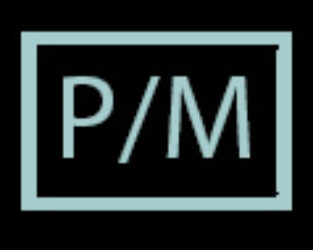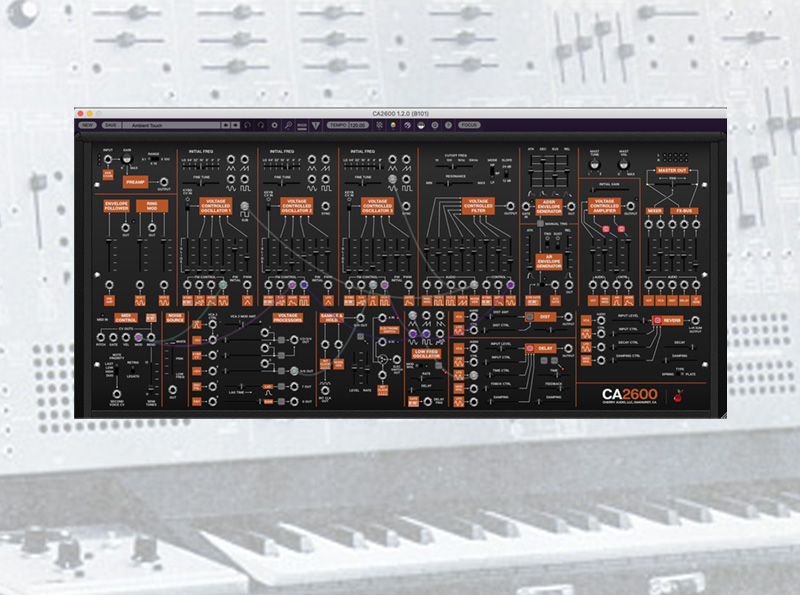From Novelty to Usable
Over the past two decades, virtual instruments have evolved. Originally, these instruments were designed as pseudo software versions of pianos, synthesizers, drums, horns, and other traditional instruments. At first, these virtual instruments (VIs) were stand-alone applications with high-latency and high-CPU usage, making them difficult to play and integrate into existing workflows. We could see the future, and it looked promising. These VIs evolved into plugins that could integrate directly into our Digital Audio Workstations (DAWs). And as our lowly computers became more powerful, it became possible to use multiple instances of these VI’s . . . in real-time. The future was here, and it was good.
Innovation and Invention
The early VI plugins became a playground for talented and creative developers to re-define the boundaries of synthesis, sampling, and sound design. Many of these are considered classic to this day. But user interfaces were often clunky and usability suffered, And since it was easy to add features to software, these instruments could become complex, and at worse, rather uninspiring to use. But we accepted the negatives for the benefit of these powerful tools. The future looked bright, indeed . . . but there were other worlds to explore . . . and instead of looking towards the future, we looked backward . . . sort of.
The Vintage Factor
As musicians, nostalgia is important to us. Old means vintage, and vintage means better. Right? Or are we just teary-eyed romantics who are way too enamored with the past? Let’s not answer that last one, but instead wholeheartedly agree in unison that the classic instruments, including analog synthesizers, were absolutely wonderful sounding! That said, these old beauties are large, heavy, expensive, and rather cantankerous beasts. But, what if we could have our Moogs, SEMs, Odysseys, etc. as modern plugins? Enter software modeling and VI recreations of these beloved gems from days gone by.
Practice Makes Perfect
Imagine all of that sacred vintage technology, with none of the shortfalls of vintage hardware. Perfect, right? Hmmm, wait a minute. Some of the character of these old instruments came from their flaws. A Mellotron with pristine tapes and pitch kind of misses the point of what makes a Mellotron special. A virtual B3 without AC hum or worn tone-wheels? How about an Oberheim Eight Voice with all its voices perfectly tuned? You get the point – we don’t want perfect, we want that beautifully flawed vintage character. But do we want a Mellotron that stops working halfway through the gig? Or a Hammond organ or a modular synth that takes four people to lift? Nope, we can do without that, thank you.
Moving Beyond The Virtual
Indeed, the virtual instruments of today, such as Cherry Audio’s CA2600, Polymode, and Eight Voice, capture all of the vintage vibe we lust after. But they also offer flexibility and usability the originals can’t match. The ability to control notes and parameters via midi, route audio in new ways, and remove some of the limitations inherent to the components of its day, makes these VIs more than just copies of vintage hardware. Instead, they’ve become new and modern instruments inspired by the classics. And whereas you’d need a small fortune to combine a bunch of vintage synthesizers to make a great new lead sound, you can do it affordably with just a few VIs or a software modular environment such as Voltage Modular. And best of all, they’ll fit into your laptop! In the end, these new instruments inspire us to create – and that’s what it’s all about.
MP

